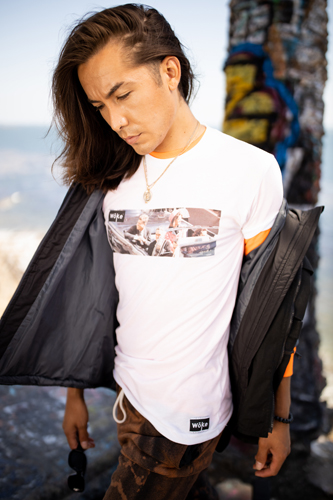“Three shots were fired today at the president’s motorcade in downtown Dallas.”
At 12:34 PM on November 22, 1963, these twelve words echoed from the nation’s radios into history. For the next hour, America held its breath and prayed, but the shots had done their work well. At 1:38 PM, Walter Cronkite told the grieving nation that President Kennedy had been assassinated.

Within 90 minutes of the shooting, a suspect was caught: a 24-year-old former marine named Lee Harvey Oswald. Oswald’s story couldn’t help but fascinate. After leaving the marines, Oswald defected to the Soviet Union where he lived for three years before returning to the US. A self-described Marxist and hater of “fascists,” Oswald sought to join a pro-Castro group called Fair Play for Cuba in August 1963.
Although there is certainly evidence Oswald was involved in Kennedy’s assassination, important questions needed to be answered. Had he really done it, and if so, why? Was he insane? Was he a communist? Was he trying to help the Russians? And of course the most important question of all: had he acted alone?
Decades later, these questions remain. Two days after his arrest, while surrounded by more than a dozen police officers, Oswald was shot by Jack Ruby a Dallas nightclub operator with ties to the underworld and no obvious motive for the murder. Oswald died without recovering consciousness at Parkland Memorial Hospital, the same hospital where Kennedy had been pronounced dead two days earlier.
Conspiracy theories sprung up like weeds, and as facts came to light, questions kept arising.
Why had Kennedy’s limo appeared to slow down when shots rang out, contrary to established protocols? Why had some witnesses reported hearing four shots? Why did the Zapruder film appear to show a different angle of impact than the official explanation? Why weren’t the Dallas medical examiners permitted to perform an autopsy, as state law required? How could a single bullet do so much damage to so many different areas of the President’s body? Could Oswald, at best an adequate shooter in the marines, have really shot so quickly and accurately? And if Oswald hadn’t acted alone, who else had been involved? The CIA? The Cubans? The Russians? The mob?
Questions. Stories.One week after Kennedy’s assassination, newly sworn-in President Johnson established the Commission on the Assassination of President Kennedy with a mandate to investigate the shooting. Under the leadership of Supreme Court Chief Justice Earl Warren, the Commission combed through mountains of evidence, listened to eyewitness testimony, analyzed audio and video records. After ten long months, the Warren Commission wrapped up their investigation. Their final conclusion? Oswald acted alone.
His motives? Unknown.

